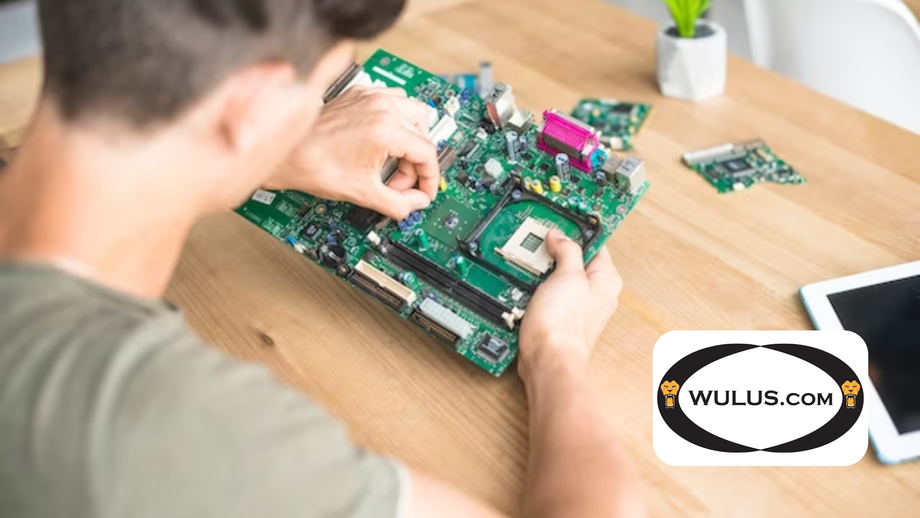When it comes to developing or upgrading your computer, one of the most important components to consider is the motherboard. Your motherboard selection can have significant effects on your system's performance, compatibility, and future upgrade-ability. In this blog, we We'll walk you through the key variables to consider when choosing the best computer motherboards.
1. Determine Your Processor Compatibility
The first step in choosing the computer motherboard is to ensure that it is compatible with your processor. Specific CPU socket types are supported by motherboards. If you have an Intel processor, for example, you'll need a motherboard with an LGA (Land Grid Array) socket that matches the model of your CPU. Look for motherboards with the necessary AM4, AM3+, or other suitable sockets for AMD processors.
2. Consider Form Factor
Motherboards come in various form factors, such as ATX, Micro-ATX, and Mini-ITX. The form factor dictates the motherboard's size, which, in turn, affects the size of your computer case and the number of components it can accommodate. Choose a form factor that fits your case and meets your expansion needs.
3. Evaluate RAM Compatibility
Check the motherboard's RAM compatibility in terms of the type (e.g., DDR4, DDR3), speed, and the number of RAM slots. Ensure it supports the amount of RAM you intend to use, both now and in the future. Some motherboards also support overclocking for memory, so consider your performance requirements.
4. Expansion Slots and Ports
Consider the expansion slots and ports your motherboard offers. These include PCIe slots for graphics cards and other expansion cards, USB ports, SATA ports for storage drives, and M.2 slots for high-speed SSDs. Make sure your motherboard has enough slots and ports for your needs, including any future upgrades.
5. Built-In Features
Modern motherboards often come with built-in features like Wi-Fi, Bluetooth, audio enhancements, and RGB lighting. Consider what additional features are important to you, but be mindful that these extras can increase the motherboard's cost.
6. BIOS and Software Support
Lastly, check for regular BIOS updates and driver support from the motherboard manufacturer. A robust and up-to-date BIOS is crucial for system stability and compatibility with new hardware and software.
In conclusion, selecting the best computer motherboards involves assessing compatibility, form factor, RAM support, expansion options, built-in features, and ongoing support. By considering these factors, you can ensure that your motherboard choice aligns with your computer's performance and functionality needs, both now and in the future.

